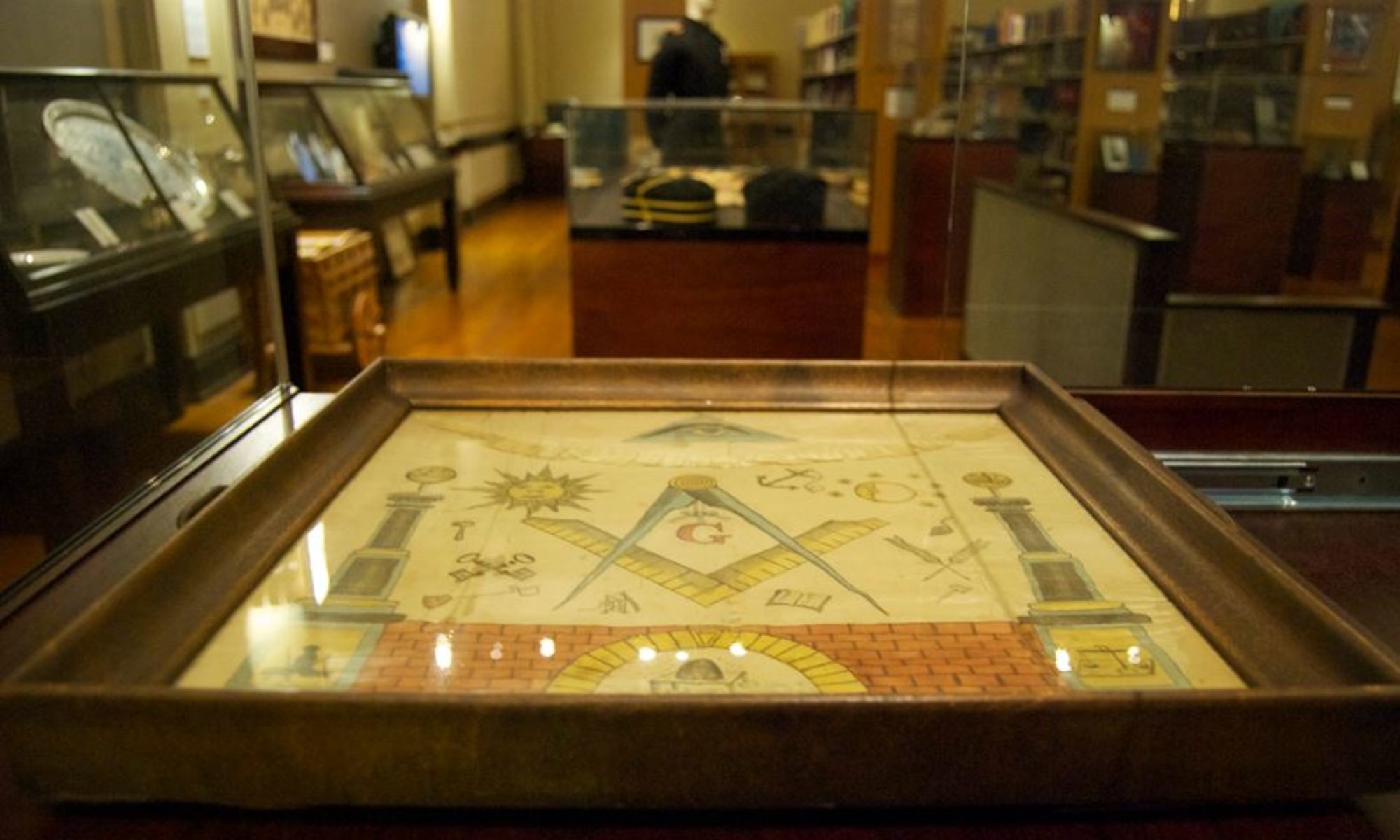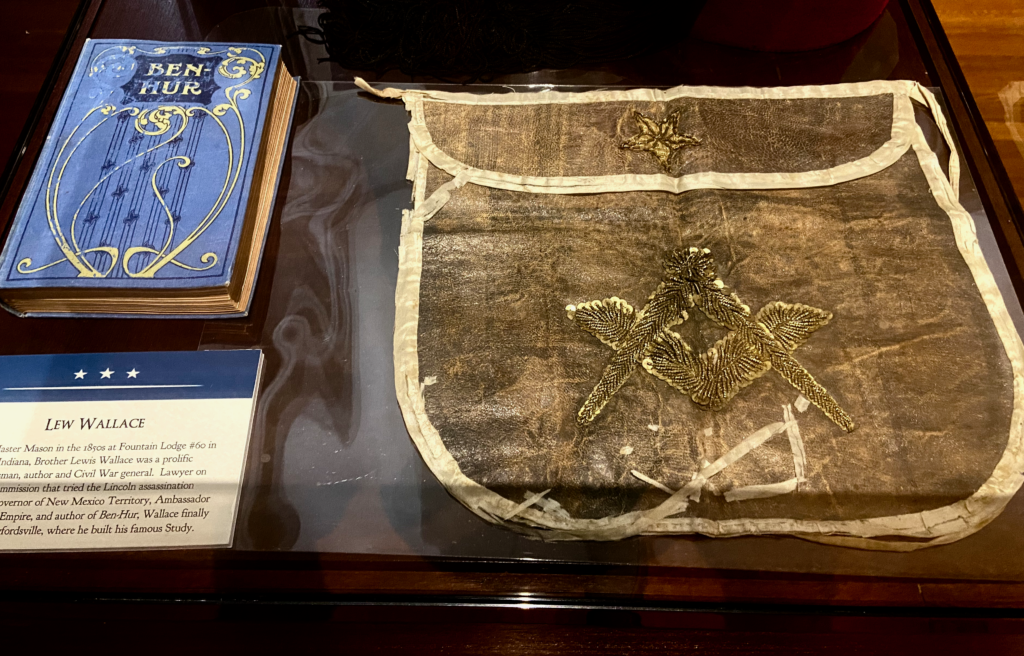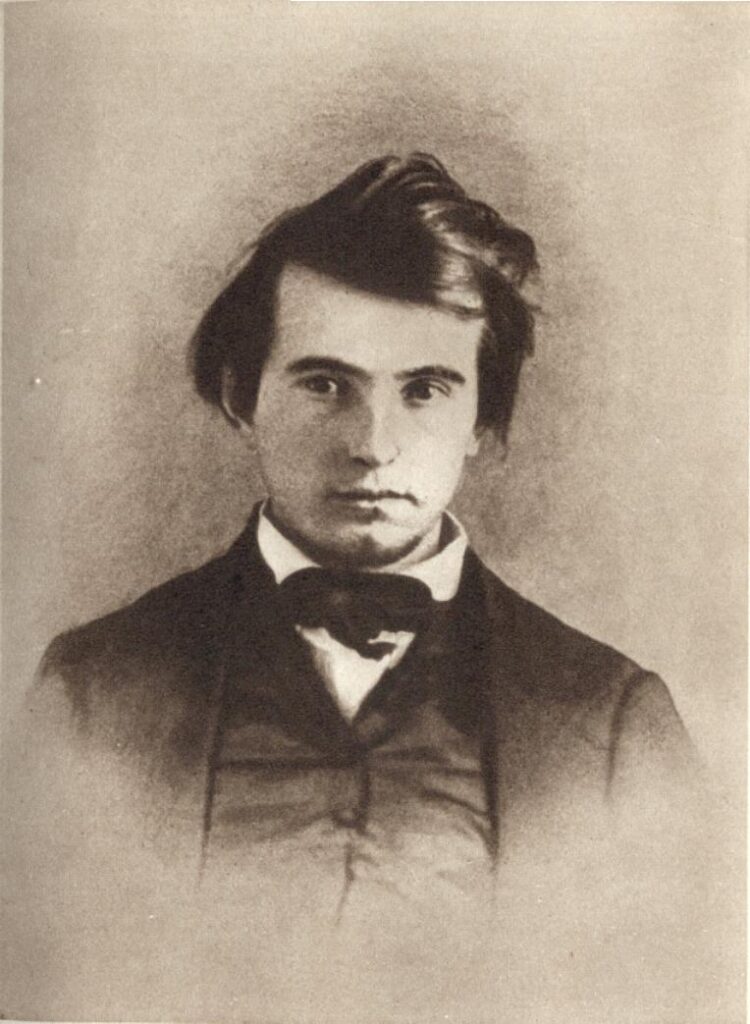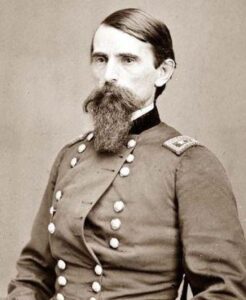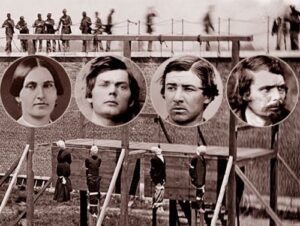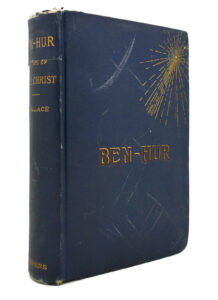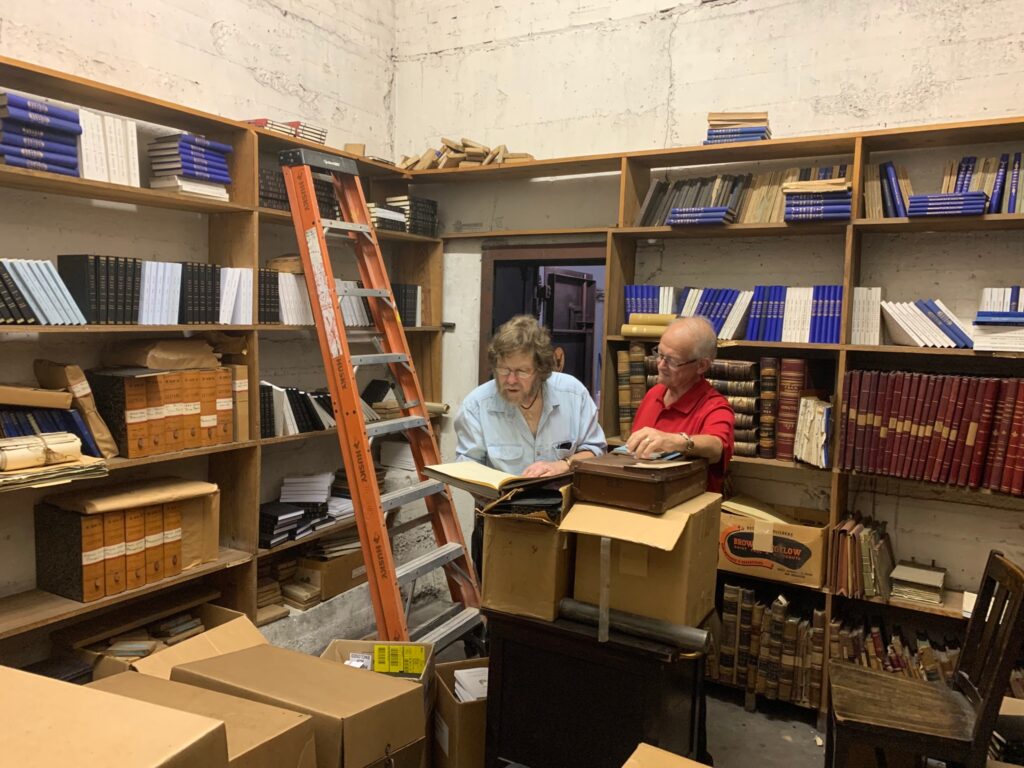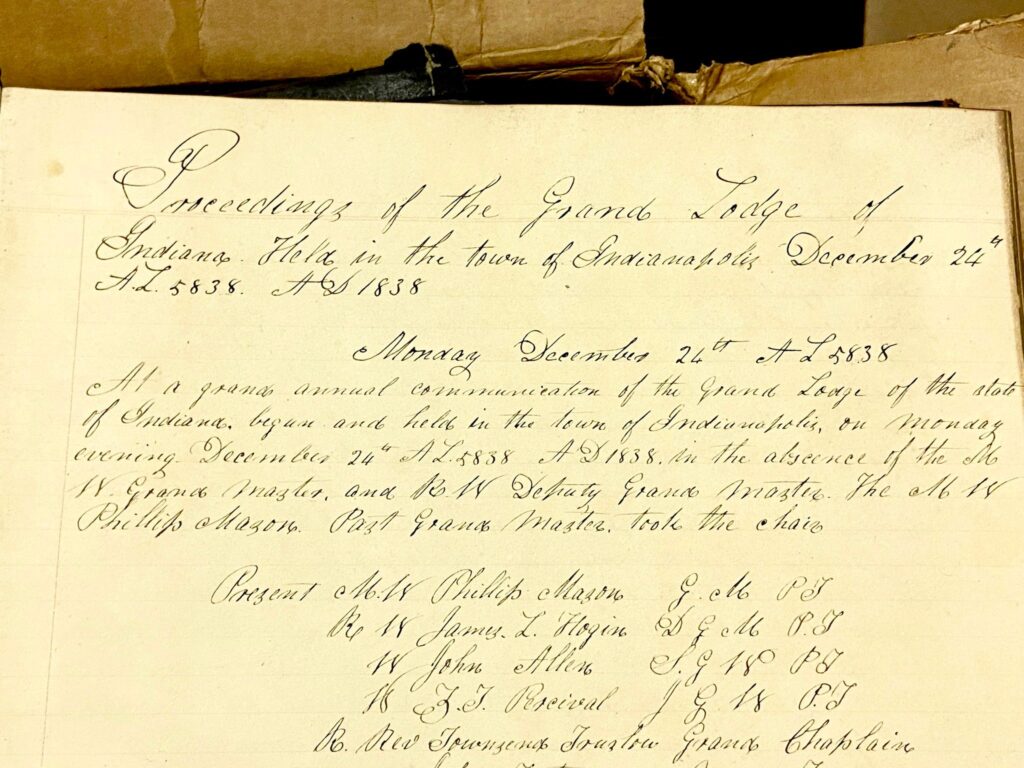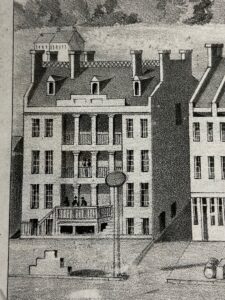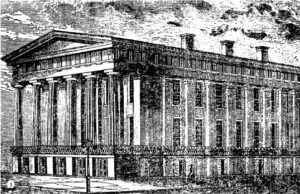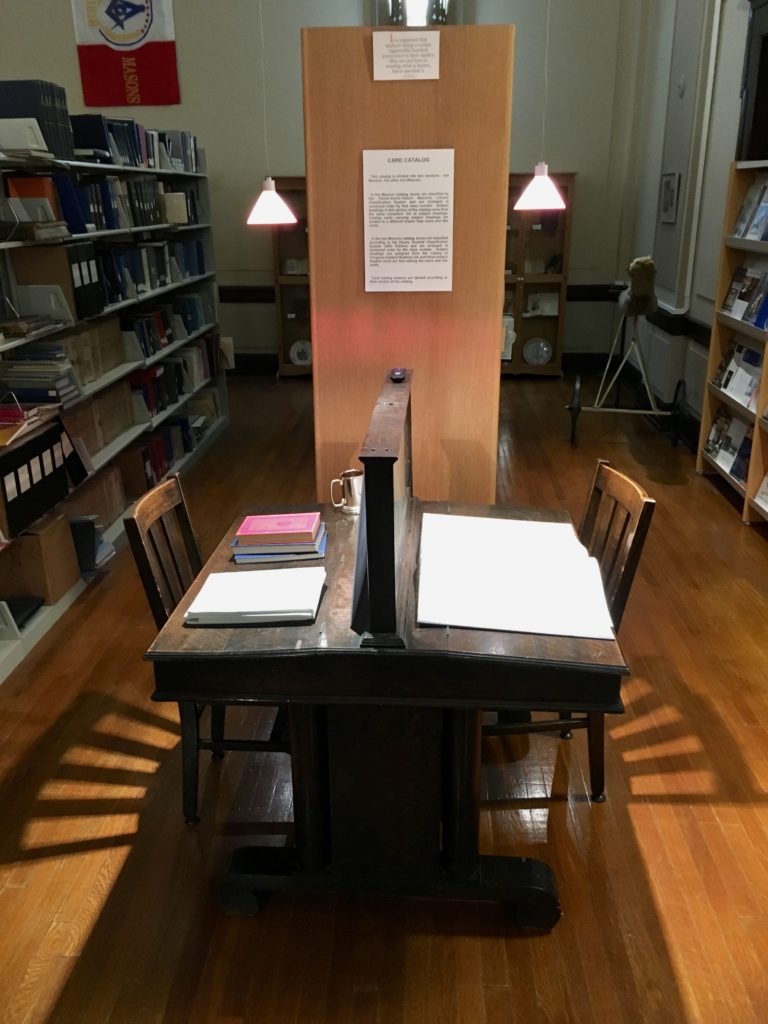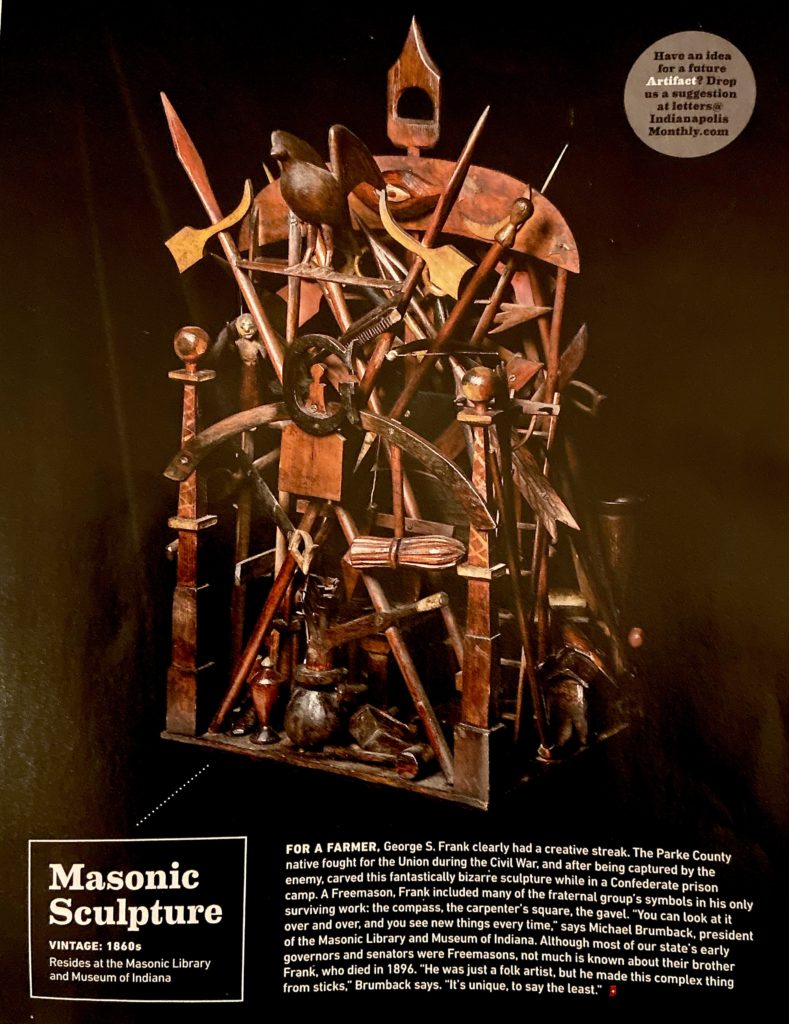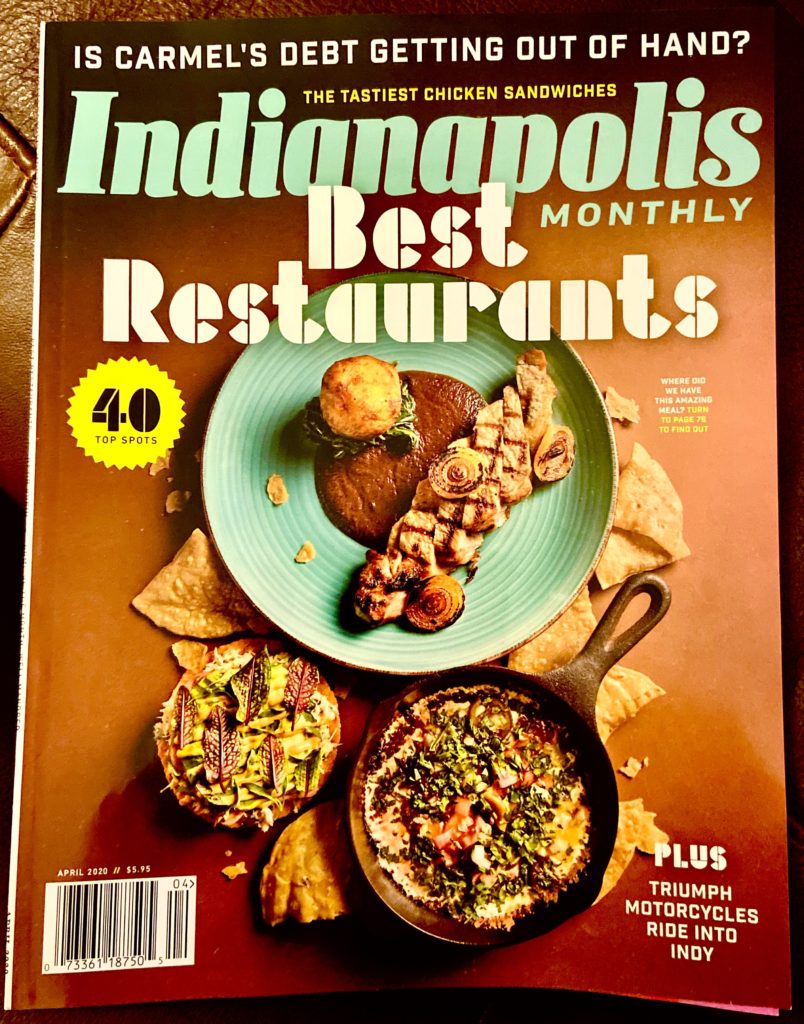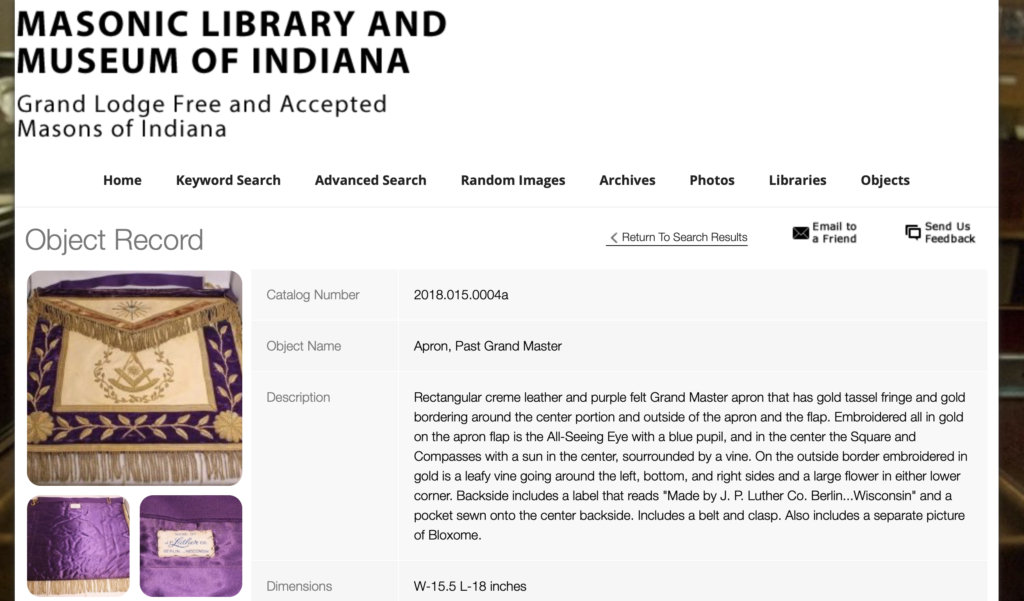
The house is full of arnica*,
And mystery profound;
We do not dare to run about
Or make the slightest sound;
We leave the big piano shut
And do not strike a note;
The doctor’s been here seven times
Since father rode the goat.
He joined the Lodge a week ago—
Got in at four A.M.,
And sixteen Brethren brought him home,
Though he says that he brought them.
His wrist was sprained and one big rip
Had rent his Sunday coat—
There must have been a lively time
When Father rode the goat.
—“When Father Rode the Goat”, from The Lodge Goat and Goat Rides by James Pettibone (1909)
* — Arnica is a plant with yellow flowers that was commonly used to treat bruises.
At some point in their Masonic lives, most Freemasons have heard brethren joking with nervous candidates about a “lodge goat” tied up out back for later in the evening. We’re told over the years that these jokes are inappropriate, that there’s no such thing as a “lodge goat,” and that stories about Masons riding goats in their initiations are just myths. So, when first-time visitors explore the Masonic Library and Museum of Indiana, many are startled to round a corner and come face to face with a large, horned, furry billy goat.
 At several times throughout the history of the Grand Lodge of Indiana, various grand masters and grand secretaries have issued stern warnings to lodges, admonishing brethren to never joke about the solemn degree ceremonies, specifically warning against making goat jokes. And yet, here sits a prime specimen of the Capra hircus on the 5th floor of the Grand Lodge building (albeit an artificial, wheeled, mechanical critter of the species).
At several times throughout the history of the Grand Lodge of Indiana, various grand masters and grand secretaries have issued stern warnings to lodges, admonishing brethren to never joke about the solemn degree ceremonies, specifically warning against making goat jokes. And yet, here sits a prime specimen of the Capra hircus on the 5th floor of the Grand Lodge building (albeit an artificial, wheeled, mechanical critter of the species).
So, is our ‘Billy’ proof that the Masons really do “ride the goat” in their ceremonies?! Well, not exactly.
The public has always had a fascination with the secret initiation rites of fraternal societies like the Freemasons, the International Order of Odd Fellows, the Knights of Pythias, the Rosicrucians, the Red Men, and many others, and goat lore has been attached to the “Secret Orders” from the very start. Interestingly, the word caper, meaning “a playful or slightly questionable activity” actually comes from the Latin root capra, the word meaning “nanny goat.”
The eminent 19th-century English Masonic historians George Oliver and Robert Freke Gould traced the origin of Masonic goat tales back to the Middle Ages, when bearded rams were seen as symbolic of the devil himself. Legends were told of witches who called forth Satan, riding into town on a he-goat to take part in blasphemous orgies, and witches were often depicted riding goats themselves. Early anti-Masons accused Masons of deviltry (when that meant actually dealing with the Devil, and before the term evolved to more commonly mean just childish mischievousness), and the goat-riding tales quickly got shifted from witches to Masons.
The Golden Age of Fraternalism, from the end of the American Civil War up through the 1929 Great Depression, exploded with new fraternal groups and secret orders. In an article in the North American Review from 1897, author H. S. Harwood reported that fraternal groups claimed five and a half million members, out of a total adult U.S. population of about nineteen million. Four out of every ten American men belonged to at least one of more than 1,000 different “secret societies”, all competing for their hearts, minds, participation, and membership dues. Truly obsessive and enthusiastic fraternalists could attend a different lodge meeting every single night of the month, and every group had their own pseudo-esoteric initiation ritual that usually used classical, literary, or Biblical symbolism to teach lessons about morality, charity, honesty, and more. Some were more serious than others, but with so many groups a typical lodge meeting consisted of reading the minutes from the previous month, paying the bills, maybe enjoying a pitch-in dinner, followed by a hot hand of euchre. And so, to attract more members, newer groups began to invent decidedly un-serious initiation ceremonies. And on occasion, they could get quite raucous. Initiation rumors about the “Secret Orders” became so widespread during this period that it was only a matter of time before some group really would add a goat to their meetings.
The Modern Woodmen of America was founded in 1883 by Joseph Cullen Root specifically to offer insurance benefits to its members. In 1894, their ritual book introduced a new ceremony they called the “Fraternal Degree.” The ritual specified that the hoodwinked initiate be placed on the back of a mechanical goat and bounced around the “hall three or four times, care being taken not to be too rough.” Their official history, written in 1924, stated, “there was an immediate increase in interest in the work of our ‘Camps’ (i.e. lodges) and a corresponding impetus to growth resulted.”
Continue reading “Freemasons, Fraternities, Lodges, and Goats”
